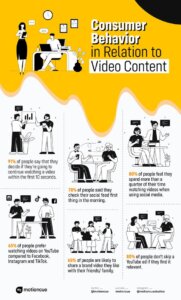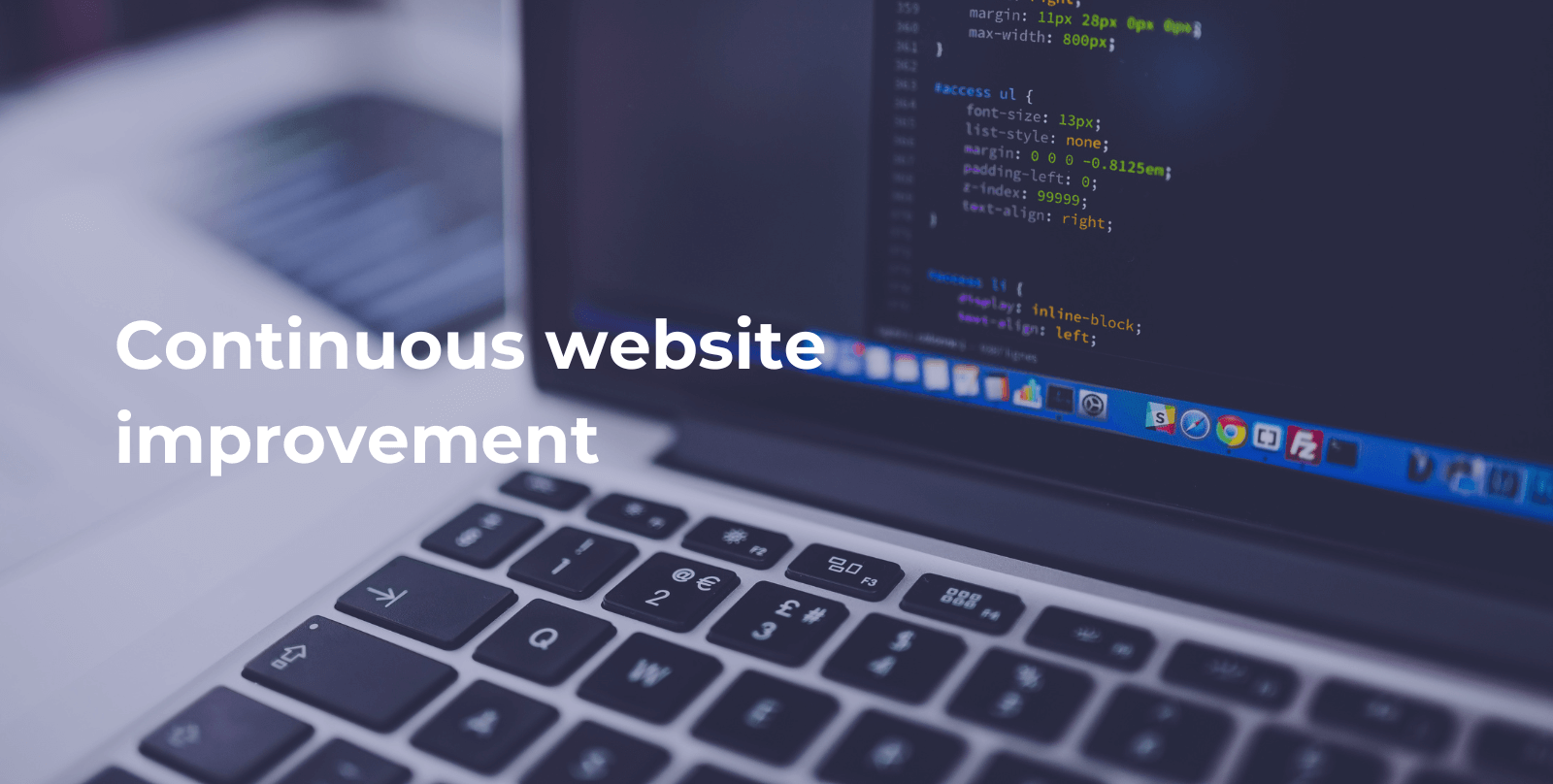The key to driving engagement and marketing outcomes through customer perception
In a world dominated by digital noise and constant competition, the power to make or break your brand now lies in the hands of your customers. Their perceptions, opinions, and experiences with your brand carry significant weight, capable of influencing not only their own purchasing decisions but those of countless others. It is more important than ever for marketing professionals to understand and amplify the customer’s voice to create compelling, relevant, and successful marketing strategies.
In this post, we’ll examine the pivotal role of customer perception, explore the value of embracing the customer’s voice, and unveil the secrets to adopting a customer-centric marketing approach that drives engagement and delivers impressive business outcomes.
The importance of customer perception
Customer perception is a powerful force that shapes how consumers perceive a brand, its products, and its services. It encompasses the emotions, beliefs, and attitudes they associate with your brand, all of which contribute to the overall customer experience. The key to unlocking the potential of customer perception lies in understanding it, harnessing its power, and aligning it with your marketing efforts.
As marketing professionals, it is essential to recognise that customers hold the power to make or break a brand. Negative perceptions of your brand can spread like wildfire through social media, online reviews, and word-of-mouth, greatly impacting your reputation, sales, and ultimately, your success. The opposite also holds true: word of mouth from a positive experience can do wonders for your business.
The customer’s voice: a catalyst for engagement
Above all, one of the most effective ways to understand and leverage customer perception is by actively listening to and engaging with the customer’s voice. This involves gathering customer feedback, opinions, and insights through various channels, such as surveys, reviews, social media, and direct interactions.
London City Airport worked with Bright to deep dive into consumer and market research, identifying five key personas which embody key characteristics and preferences to deliver a seamless customer experience. This resulted in a 54% increase in website revenue within the first six months.
Basically, by incorporating the customer’s voice into your marketing strategies, you can create content and campaigns that resonate with your target audience, driving engagement and fostering lasting relationships. Listening to and valuing the customer’s voice is key to meeting their needs and exceeding their expectations, leading to customer loyalty and advocacy.
Shifting to a customer-centric marketing approach
In today’s business environment, embracing a customer-centric marketing approach is not just beneficial—it’s vital for success. This transformative strategy encompasses a comprehensive process that begins with in-depth market research and the development of insightful buyer personas to effectively identify and understand your target audience. Achieving alignment between marketing efforts and customer needs and expectations is accomplished by delivering highly personalised content and messaging and offering unparalleled value via compelling unique selling propositions (USPs).
Measuring what matters: the 4 measurements to embed into your strategy
To measure the impact of customer-centric marketing on business outcomes, focus on:
- Key performance indicators (KPIs) such as customer satisfaction
- Net promoter score (NPS)
- Customer retention
- Lifetime value (LTV) to effectively evaluate the success of your marketing strategies.
To learn more about how to track and measure the right metrics, read our blog here.
After all, the key to devising powerful and effective marketing strategies lies in wholeheartedly embracing customer perception. This means placing the customer’s voice at the forefront of your decision-making process. By steadfastly adopting a customer-centric approach, you can drive exceptional engagement and foster unwavering loyalty and propel your business towards unparalleled success.
At any rate, in today’s ever-evolving and fiercely competitive market, it is imperative to listen attentively, adapt swiftly, and seize every opportunity to thrive. Empower your brand by amplifying the customer’s voice and unleashing the full potential of customer-driven marketing success.
If you’re interested in refocusing your marketing strategies toward your customers or audience, get in touch with one of the Bright team here. And together let’s drive the engagement you and your business want to see with your customer at the heart.



















